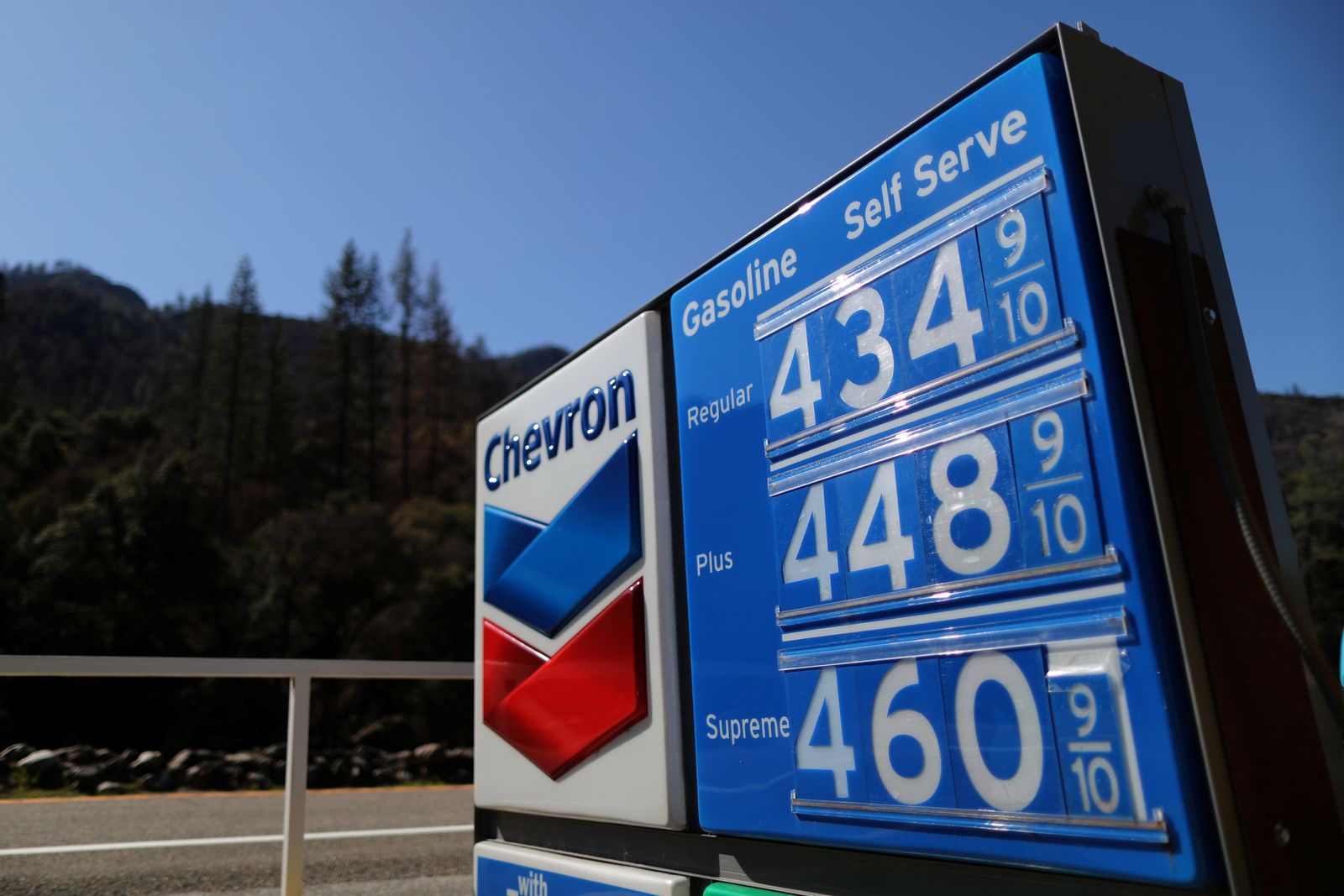Why are gas prices going up?
- Posted on February 24, 2022
- Editors Pick
- By Glory

One of the key causes of what has become the biggest
inflation in a generation has been energy expenses. The price of a barrel of
U.S. benchmark crude oil just hit a seven-year high of $87 a barrel, a faint 36
percent increase since December 1.
This price increase halted a nearly equal drop that
began in late October. Consumers have been pummeled by the excessive volatility
of oil because it has a direct effect on the prices of gasoline and home
heating oils. According to AAA, a gallon of standard gas costs $3.33 right now,
up from $2.40 a year ago.
In January, inflation increased at its fastest rate in
over 40 years. However, not all prices are rising at the same rate. Oil is a
major contributor to the uptick. Prices for gasoline and jet fuel have risen to
their highest levels since 2014. According to financial journalist Matthew C.
Klein, rising oil costs alone can explain for approximately 30% of the
"extra" inflation witnessed in the United States since the pandemic
began.
High gasoline prices have disproportionately harmed
public-facing workers, many of whom are lower-income commuters who must drive
to their places of employment. Office workers who have had the chance to work
largely or entirely from home, on the other hand, have experienced less of a
pricing impact.
At same time last year, the average family spent
around $30 per week on gasoline. According to the National Energy Assistance
Directors Association, they now spend around $43 per week for the same quantity
of fuel. This comes at a time when households are grappling with inflation in
other parts of the economy and a child tax benefit that recently expired.
The viral pandemic's ever-changing state has wreaked
havoc on both supply and demand. As a result, energy has been subjected to wild
price volatility.
Other factors have also contributed to the high cost
of gas. Most analysts believe the chances of any respite coming soon are slim.
Most immediately, Russia's expansion of its military position near Ukraine's
border has stoked worries of an impending invasion and the resulting disruption
of global oil supply.
Russian-Ukraine tensions
Russia provides much of the world's oil and gas, a
supply that could be cut off if tensions rise to the point of invasion (which
has already occurred).
Following Russia's invasion of Ukraine, gas prices are
projected to rise much further. According to a senior Defense Department
official, Russia has gathered all of its forces in preparation for a full-scale
invasion of Ukraine. The attack began just after sunrise on Thursday.
President Joe Biden ordered sanctions against Russia
for a "flagrant violation of international law" after Russian
President Vladimir Putin dispatched soldiers to eastern Ukraine earlier this
week.
According to AAA, the national average gas price in
the United States is $3.54 per gallon as of Thursday, up from $2.65 a year ago.
Experts predict that petrol prices will rise to $4 per gallon. Meanwhile, Brent
crude oil temporarily surpassed $100 per barrel in London on Thursday for the
first time since 2014.
According to Kevin Book, managing director of
Clearview Energy Partners, Russia supplies 30 to 40% of Europe's oil, gas, and
coal. According to him, Russia's exports produce 4% to 5% of the world's energy
in any given year.
“So what does the world do if you have a cutoff of
some significant amount of that sort of 5%?” Book said. “Well, the price goes
up everywhere.”
Experts are concerned that the confrontation between
Russia and Ukraine will disrupt oil supply in the region, causing gas prices to
rise. According to Tom Kloza, chief global analyst for the Oil Price
Information Service, Russia is the world's second-largest oil producer,
trailing only the United States.


Be the first to comment!
You must login to comment